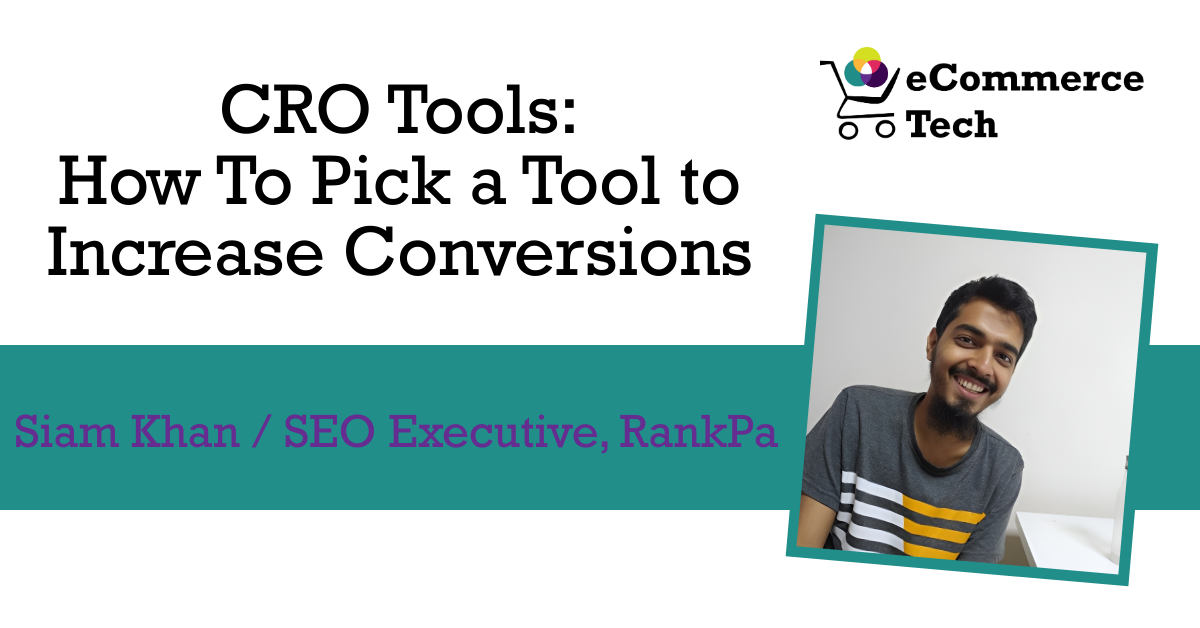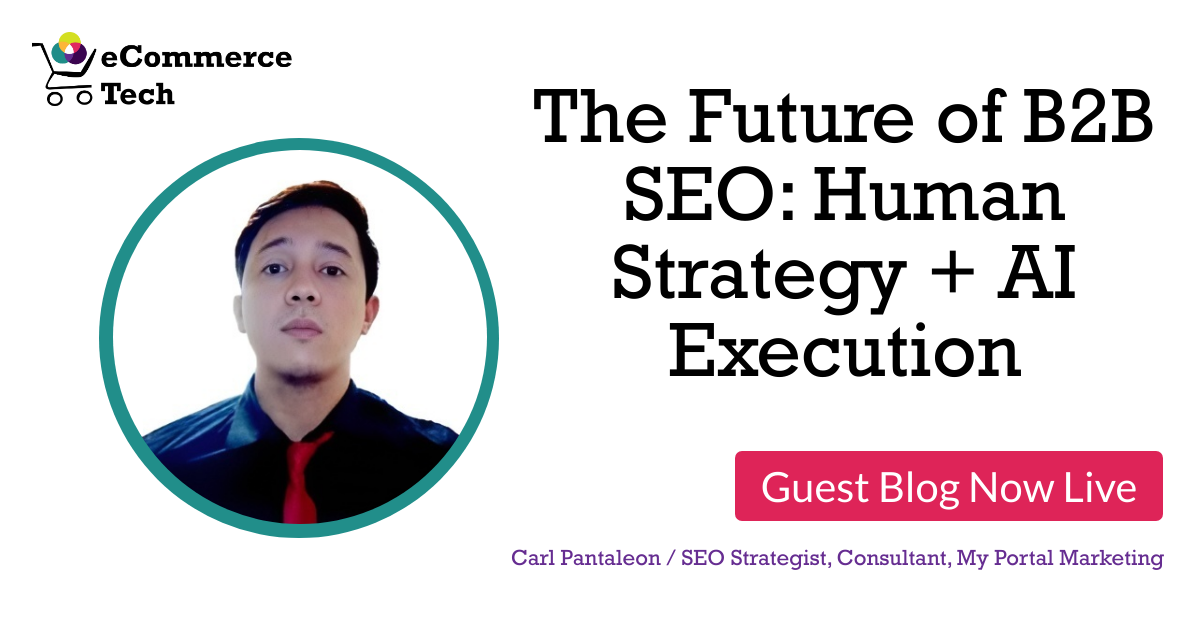Conversion rate optimisation tools have become the backbone of modern ecommerce strategy. But with hundreds of options available - from simple heatmap trackers to enterprise-grade testing platforms - choosing the right tool isn't just about features or pricing.
It's about understanding what you're actually trying to solve.
Most brands approach CRO tools backwards. They start with the tool, then try to figure out what to test. But the most effective approach flips this entirely: start with the hypothesis, then find the tool that can prove or disprove it most efficiently.
The problem with feature-first thinking
Walk into any conversion optimisation discussion and you'll hear the same questions:
- "Does it do multivariate testing?"
- "Can it handle server-side experiments?"
- "What's the statistical significance threshold?"
These aren't wrong questions, but they're not the right starting point either.
The real question is simpler: what specific behaviour are you trying to change, and what's preventing that change from happening naturally?
If your checkout abandonment happens at the payment step, you don't need a sophisticated personalisation engine - you need to understand why people are leaving at that exact moment. If your product pages aren't converting, the issue might not be the layout - it could be that your product data isn't answering the questions people actually have.
This is where many businesses, particularly those working with VPS hosting, find themselves caught between technical capabilities and practical needs. You might have the infrastructure to run complex experiments, but if you're testing the wrong things, the sophistication doesn't matter.
Tool categories that actually matter
Rather than organising CRO tools by features, it's more useful to think about them by the type of insight they provide.
- Behaviour tracking tools show you what's happening. Some examples of this type of software include Hotjar, FullStory, and LogRocket. They help you figure out where the problems are, but they don't always tell you why or how to address them.
- Testing platforms let you validate solutions. The best options here are Optimizely, VWO, and Google Optimize. However, the category also includes simpler tools, such as Unbounce for landing pages or basic redirect tests that you can build yourself.
- Analytics and attribution tools can help you see the bigger picture. This includes customer journey tools like Mixpanel or Amplitude, as well as revenue attribution tools that can link changes in conversions to actual business effects.
The mistake most brands make is jumping straight to testing platforms without spending enough time in the diagnostic phase. You end up running experiments on assumptions rather than insights.
Questions that guide tool selection
Instead of asking "What can this tool do?" ask "What do we need to know?"
Are you trying to figure out where people drop off, or do you already know the problem areas and need to test solutions?
If it's the first, behaviour tracking tools should be the initial step. If it's the second option, you can proceed directly to testing platforms.
Are you trying to figure out how each person interacts with your site, or are you just looking at overall trends?
FullStory and other session analysis tools are great for looking at one session at a time, but traditional analytics platforms are superior for finding trends.
How essential is the speed of iteration compared to the accuracy of the statistics?
Enterprise testing solutions like Optimizely have strong statistical foundations, but they also need larger traffic and longer test times.
If your site is small or your tests move quickly, basic A/B testing methods might work better.
How do you feel about putting things into action?
Some tools don't need any technical work; you just add a script tag and you're good to go.
Some tests require a developer's involvement every time. If your team doesn't always have access to development resources, consider this when making your decision.
The integration question
People often forget to think about how CRO tools fit in with the other technologies they already use.
Some tools work better with Shopify than others. You can have more freedom, but also more trouble setting things up if you have a custom build or headless system.
The same goes for how you set up your analytics. If you use Google Analytics a lot, tools that work well with that system could help the data flow more effortlessly.
If you use other analytics tools, make sure your CRO tools can send data back in a useful way.
It's not just about being able to work together; it's also about how things operate.
The ideal CRO tool is usually the one that works best with the way your team already operates - whether you're an in-house team, working with an SEO agency, or managing everything internally - rather than the one that requires them to change their procedures.
Common selection mistakes
The worst thing you can do is pick tools based on what you want to do instead of what you can do right now.
If you only get 10,000 visitors a month, you don't require enterprise-level multivariate testing.
If you haven't figured out your main value proposition yet, you probably don't require advanced personalisation.
Another major problem is thinking that CRO tools are permanent options.
Most successful optimisation programs modify their tool stack over time as their needs change and they get more advanced.
It's generally better to start with simpler, more flexible tools than to strive for the perfect arrangement from the outset.
People also tend to pay too much attention to the testing interface and not enough to the reporting and analysis tools.
The easy part is running the tests. The hard part for most teams is figuring out what the results indicate and what to do with them.
Building towards systematic optimisation
The best CRO programs don't only perform tests on their own. They also devise methodical ways to learn and improve conversions.
That implies you should choose tools that can help you with both short-term testing and long-term pattern recognition.
Is it easy to compare the findings of different experiments? Can you break down the data and examine it in ways that provide more information about your customers?
It also requires considering how your CRO work fits in with the rest of your organisation.
If your conversion gains don't lead to long-term revenue growth or if they get in the way of other business goals, the tools aren't doing what they're supposed to accomplish.
The practical starting point
Most businesses find that the best way to start is with something simple and clear.
Choose one part of your funnel that you know isn't working well.
Use simple behaviour tracking to find out what's going on there. Make guesses based on what you see. Then, pick the easiest instrument that can effectively test those ideas.
Before you spend money on more advanced tools, this method allows you to show that conversion optimisation is worth it. It also makes sure that when you do upgrade your tools, you're doing it because you need to, not just because you think you should.
The idea isn't to make the best CRO stack right away; it's to start getting insights and making changes that build on each other over time.
Most of the time, the best tool for that is the one that gets you going the fastest, not the one with the most features.






